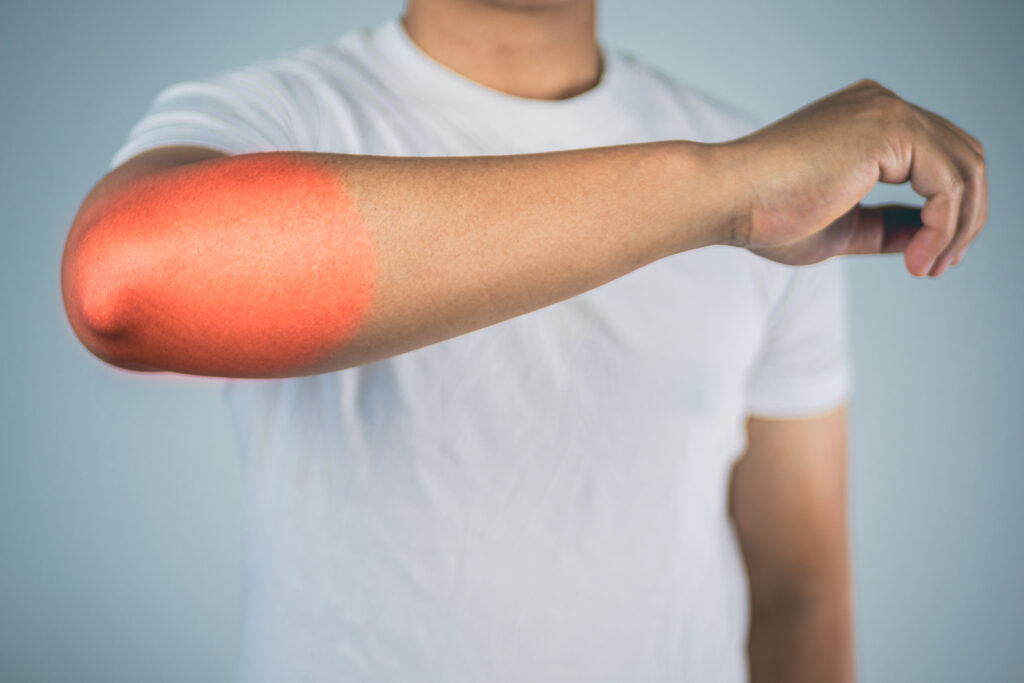You might underestimate the critical role recovery plays in an athlete's performance, but recent insights reveal that personalized recovery plans are essential for maximizing results. With advancements in technology like wearable recovery monitors and methods such as cryotherapy, athletes are now better equipped to tailor their recovery strategies. Furthermore, integrating nutrition and mental wellness practices into these plans can greatly enhance resilience. As you consider these evolving techniques, you may wonder how they can be applied practically to different sports and individual needs.
Importance of Recovery
Recovery is an essential part of any athlete's training regimen. You might think that pushing your limits and training hard is the key to success, but without proper recovery, you're setting yourself up for burnout and injury.
Recovery allows your body to heal, adapt, and grow stronger, enabling you to perform at your best during competitions. When you push your body, you cause micro-tears in your muscles. Recovery helps repair those tears and replenish your energy stores.
If you skip this important phase, you risk overtraining, which can lead to fatigue, decreased performance, and even long-term damage. So, give yourself permission to rest; it's as important as the workouts themselves.
Incorporating active recovery techniques, like light stretching or low-intensity exercises, can promote blood flow and help reduce muscle soreness. You should also pay attention to your nutrition. Eating a balanced diet rich in protein, healthy fats, and carbohydrates after a workout can greatly enhance your recovery process.
Hydration is another key factor—drink enough water to keep your body functioning at its best. Moreover, quality sleep plays a considerable role in recovery. Aim for 7-9 hours of restful sleep each night to allow your body to repair and recharge.
Remember, recovery isn't just about taking a break; it's an essential component of your training strategy. Prioritizing recovery can lead to improved performance, increased endurance, and a longer athletic career.
Advanced Recovery Technologies
Innovative technologies are transforming how athletes approach their recovery. You're likely familiar with traditional methods like ice baths and stretching, but cutting-edge solutions are taking these practices to a whole new level. From advanced cryotherapy chambers to compression therapy devices, these technologies provide targeted relief, optimize recovery time, and enhance overall performance.
One standout in the recovery space is electrical muscle stimulation (EMS). By applying electrical impulses to your muscles, EMS can help reduce soreness and improve circulation. You'll find that using this technology post-workout can lead to faster recovery times, allowing you to hit the gym harder and more often.
Another game-changer is infrared therapy. This method uses infrared light to penetrate deep into your muscles and tissues, promoting healing and reducing inflammation. Many athletes report feeling rejuvenated and ready to perform after just a few sessions.
Additionally, wearable recovery monitors have gained traction. These devices track your physiological responses, like heart rate variability and sleep patterns, providing insights into your recovery status. By understanding your body's signals, you can make more informed decisions about when to rest or push harder.
Lastly, consider the rise of smart recovery apps that offer personalized feedback based on your activity levels and recovery needs. These apps can guide you in integrating the latest recovery technologies effectively into your routine.
Embracing these advanced recovery technologies can make a significant difference in how you recover, allowing you to reach your peak performance more consistently.
Personalized Recovery Plans
Creating a personalized recovery plan starts with evaluating your unique needs as an athlete.
By identifying your specific strengths and weaknesses, you can choose tailored recovery modalities that work best for you.
Plus, tracking your progress will help you adjust your plan as you evolve in your training.
Individual Needs Assessment
Every athlete has unique needs that influence their recovery process, making individual assessments crucial for success. To create an effective recovery plan, you need to evaluate your specific circumstances, including your sport, training intensity, injury history, and personal preferences. This assessment isn't just about physical attributes; it involves understanding your mental and emotional state, too.
Start by reflecting on how your body responds to different types of training and recovery methods. Are you more prone to injuries? Do you recover quickly? Gathering this data helps pinpoint areas that require attention. You might also consider consulting with trainers, sports psychologists, or nutritionists to gain an all-encompassing view of your needs.
Once you've gathered insights, create a personalized recovery plan that addresses your specific requirements. This plan should incorporate elements like rest, nutrition, hydration, and stress management tailored to you.
Tailored Recovery Modalities
Tailored recovery modalities play an indispensable role in enhancing your athletic performance and well-being. By customizing recovery plans based on your unique needs, you can optimize your body's healing processes and reduce the risk of injuries.
Whether you're an elite athlete or a weekend warrior, understanding your personal recovery requirements is essential. Start by evaluating your training intensity, recovery time, and individual preferences.
Incorporate methods like active recovery, which involves low-intensity exercises to promote blood flow, or passive recovery, where you allow your body to rest completely. Techniques like foam rolling, massage therapy, and contrast baths can also be integrated into your routine to alleviate muscle soreness and improve flexibility.
Nutrition is another significant component of your tailored recovery plan. Prioritize nutrient-dense foods rich in protein, antioxidants, and healthy fats to support muscle repair and overall health.
Hydration shouldn't be overlooked, as proper fluid intake is imperative for recovery. Lastly, consider mental recovery techniques, such as mindfulness or visualization, to help you manage stress and maintain focus.
Progress Tracking Methods
Tracking your progress is essential for refining personalized recovery plans and ensuring you're on the right path to peak performance. By monitoring key metrics, you can identify what works and what doesn't in your recovery routine.
Start by setting specific, measurable goals related to your recovery, such as sleep quality, muscle soreness levels, or workout performance. Use tools like wearable devices to gather data on your heart rate variability, sleep patterns, and activity levels.
Regularly review this information to spot trends and adjust your recovery strategies accordingly. For instance, if you notice that your muscle soreness decreases after specific recovery techniques, you can incorporate those more frequently into your routine.
Additionally, keep a recovery journal. Document your feelings, energy levels, and any challenges you face. This qualitative data can provide context to the quantitative metrics you collect.
Lastly, schedule regular check-ins with a coach or sports therapist to discuss your findings and get professional insights. By actively engaging in progress tracking, you equip yourself with the knowledge needed to optimize your recovery and enhance your athletic performance.
Nutrition's Role in Recovery
Nutrition plays an essential role in your recovery process as an athlete. What you eat after training or competition can greatly impact your body's ability to heal and rebuild. The right nutrients help reduce muscle soreness, replenish energy stores, and promote cellular repair, which is important for ideal performance.
First and foremost, focus on consuming a balanced meal or snack within 30 minutes post-exercise. This window is critical for replenishing glycogen stores, so aim for a combination of carbohydrates and protein. Carbs restore the energy you've burned, while protein aids muscle repair. A simple option could be a smoothie with fruits and a scoop of protein powder or a turkey sandwich on whole-grain bread.
Hydration also plays a key role in your recovery. Replenishing lost fluids helps maintain your performance and speeds up recovery. Aim to drink water or electrolyte drinks after intense workouts to replace what you've lost through sweat.
Don't forget about vitamins and minerals! Foods rich in antioxidants, such as berries, leafy greens, and nuts, can help combat inflammation and promote healing. Omega-3 fatty acids, found in fish like salmon and flaxseeds, also play a role in reducing inflammation.
Lastly, listen to your body. If you feel fatigued or sore, it might be a sign that your nutrition needs adjustment. Pay attention to how different foods affect your recovery, and tailor your diet to support your individual needs as an athlete.
Mindfulness and Mental Recovery
Mindfulness plays an essential role in your mental recovery as an athlete, helping you bounce back from the physical and emotional demands of training and competition. By cultivating mindfulness, you enhance your ability to focus and manage stress, which can greatly impact your performance.
It's not just about being present; it's about developing a deeper awareness of your thoughts and feelings, allowing you to approach challenges with a clear mind.
Here are three key benefits of mindfulness for your mental recovery:
- Stress Reduction: Mindfulness techniques help you lower anxiety levels, making it easier to cope with the pressures of competition.
- Enhanced Focus: Practicing mindfulness sharpens your concentration, enabling you to stay engaged during training and competition, which can lead to improved performance.
- Emotional Resilience: By becoming more aware of your emotions, you can better manage setbacks and maintain a positive mindset.
Incorporating mindfulness into your routine doesn't have to be complicated. Simple practices like deep breathing, meditation, or even mindful walking can make a difference.
Set aside a few minutes each day to focus on your breath or engage in a mindful activity. As you become more attuned to your mental state, you'll find it easier to recover from the stresses of athletic life.
Active Recovery Techniques
After you've focused on mental recovery through mindfulness, it's time to contemplate how active recovery techniques can further enhance your overall performance. Active recovery involves low-intensity exercises that promote blood flow, reduce muscle soreness, and improve flexibility without putting too much strain on your body. It's an essential component of your recovery routine.
Consider incorporating activities like light jogging, cycling, or swimming into your schedule. These exercises help flush out lactic acid and other metabolic waste from your muscles, which can speed up recovery. Aim for about 20 to 30 minutes of these activities after intense training or competition. You'll likely find that it helps alleviate stiffness and keeps you feeling agile.
Yoga and stretching sessions are also effective forms of active recovery. They not only enhance your flexibility but also promote relaxation and mindfulness, tying back to your mental recovery efforts. Spend time focusing on deep breathing while you stretch, allowing your body to unwind completely.
Additionally, you can engage in recreational activities you enjoy, like playing a casual game of basketball or going for a hike. These activities can keep your spirits high and motivate you to stay active without the pressure of a structured workout.
Incorporating active recovery into your routine encourages consistency in your training while optimizing your body's ability to recover. By balancing intensity with these lighter sessions, you'll maintain your fitness levels and prepare your body for the next challenge ahead.
Future Trends in Recovery
As you look ahead in the world of athlete recovery, emerging technologies are set to revolutionize how you approach your post-training routines.
You'll find that personalized recovery protocols are becoming more common, catering specifically to your unique needs and goals.
Embracing these trends could give you a significant edge in your performance and overall well-being.
Emerging Technologies in Recovery
Innovations in recovery technology are reshaping how athletes approach their post-performance routines. You might be surprised by the variety of tools and methods now available to enhance recovery and optimize your performance.
From wearable devices to advanced therapies, these technologies are making it easier to track your progress and tailor your recovery efforts.
Here are a few cutting-edge technologies that you should consider integrating into your routine:
- Cryotherapy: This technique uses extreme cold to reduce inflammation and accelerate recovery, helping you bounce back faster after intense workouts.
- Electrical Stimulation Devices: These devices stimulate muscle contractions, improving blood flow and reducing soreness, which can greatly speed up your recovery time.
- Sleep Monitoring Technology: High-tech sleep trackers help you understand your sleep patterns, allowing you to make adjustments for better rest and recovery.
Embracing these innovations can give you a competitive edge and guarantee you're always at the top of your game.
As technology continues to evolve, staying informed about the latest advancements in recovery will empower you to optimize your performance effectively.
Personalized Recovery Protocols
The advancements in recovery technology are paving the way for personalized recovery protocols that cater to individual athlete needs. You're no longer stuck with a one-size-fits-all approach; instead, you can leverage data-driven insights to tailor your recovery plan.
With wearable devices and apps, you can track your performance metrics, sleep patterns, and heart rate variability, allowing you to identify what works best for your body. Imagine receiving real-time feedback that helps you adjust your recovery strategies on the fly.
You can combine techniques like cryotherapy, compression therapy, and active recovery based on your specific physical demands and recovery rates. Additionally, by incorporating nutritional guidance and mental wellness strategies, you can create a holistic recovery plan that addresses both your physical and psychological needs.
As you explore these personalized recovery protocols, you'll enhance your performance and reduce the risk of injury. The future of athlete recovery isn't just about faster recovery; it's about smarter recovery.
Conclusion
Incorporating these updated insights on athlete recovery techniques can markedly enhance your performance and well-being. By embracing personalized recovery plans, leveraging advanced technologies, and focusing on both physical and mental recovery methods, you'll be better equipped to manage fatigue and build resilience. Remember, recovery isn't just an afterthought; it's a crucial part of your training regimen. Stay informed, adapt your approach, and watch as your performance reaches new heights.



